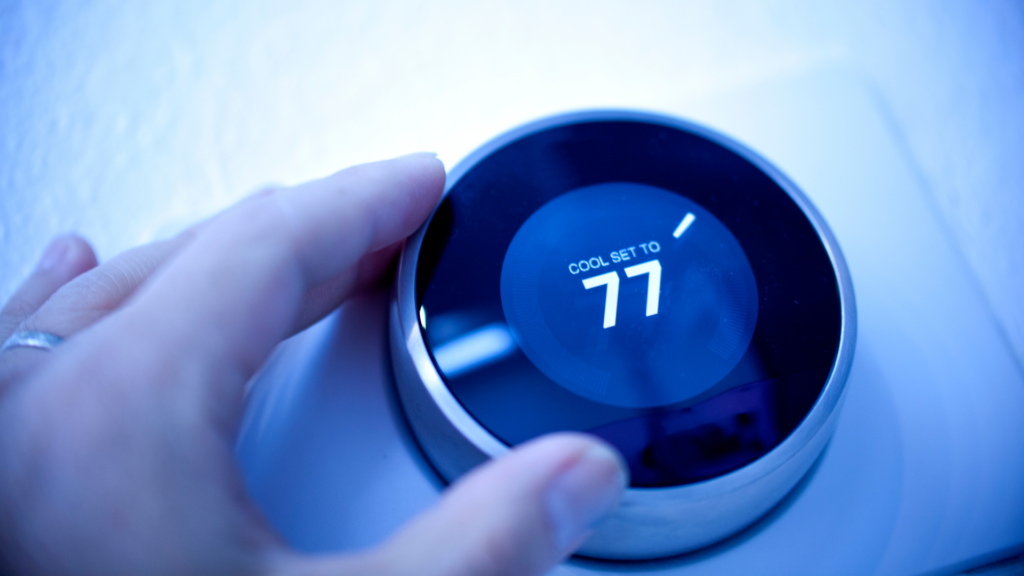When air conditioning becomes a backdoor for cyberattacks.Comfort Comes at a Cost

Smart cooling systems are no longer a luxury; they’re a necessity in modern infrastructure. From data centres and airports to manufacturing plants and high-rise buildings, IoT-connected HVAC systems help regulate temperatures efficiently, save energy, and reduce costs.
But there’s a catch: hackers have discovered that these “smart” systems are often the weakest link in critical physical infrastructure. Poorly secured cooling networks can be hijacked to cause downtime, initiate cyber-physical attacks, or even act as an entry point into broader enterprise networks.
The rise of HVAC-based intrusions marks a growing trend: attacks that begin with building systems but end in data theft, operational sabotage, or complete shutdowns.
How Smart Cooling Systems Become Attack Vectors
1. Default Credentials and Unpatched Firmware

Many industrial HVAC systems ship with default usernames and passwords like “admin/admin” or “guest/1234”, and they often remain unchanged after installation. Attackers exploit public databases like Shodan to identify exposed systems and log in within seconds.
Further, these devices often run on outdated firmware that lacks modern encryption or intrusion detection, making them ideal targets for exploitation.
2. Lack of Network Segmentation

In many facilities, HVAC systems are connected to the same internal network as security cameras, badge systems, and even operational servers. Once a hacker gains access to the HVAC controller, they can move laterally across the network to reach mission-critical assets.
In a now-infamous case, attackers breached Target Corporation in 2013 via their third-party HVAC vendor, stealing 40 million credit card numbers.
3. Remote Access Exploits
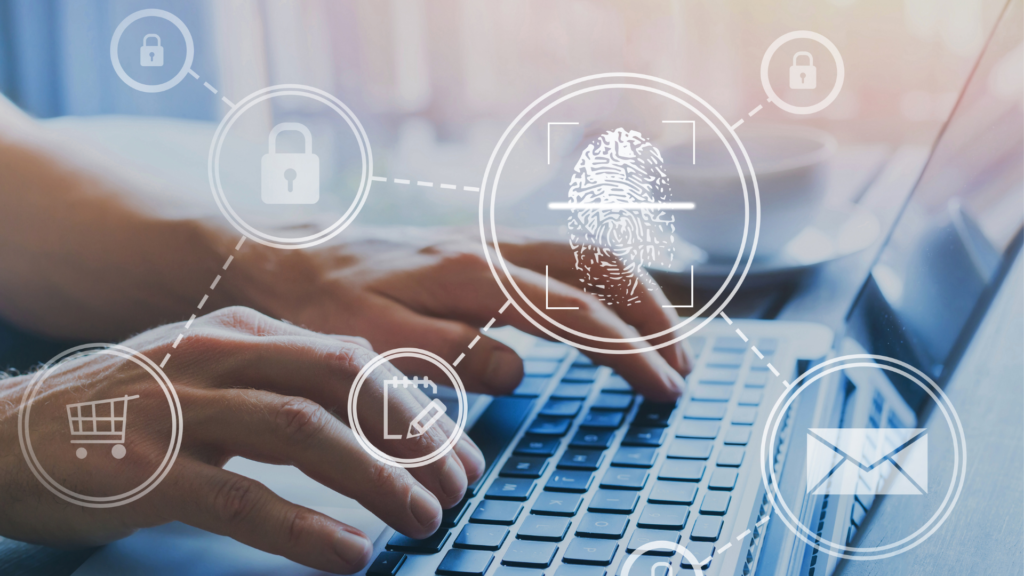
Many smart cooling systems support remote diagnostics and maintenance, convenient for technicians, but a goldmine for hackers. If Remote Desktop Protocol (RDP), VPNs, or web portals are left exposed or misconfigured, attackers can gain direct access to the control panel.
Real-World Attacks Involving Smart Cooling

• Data Centre Shutdown (Fiction Meets Reality)
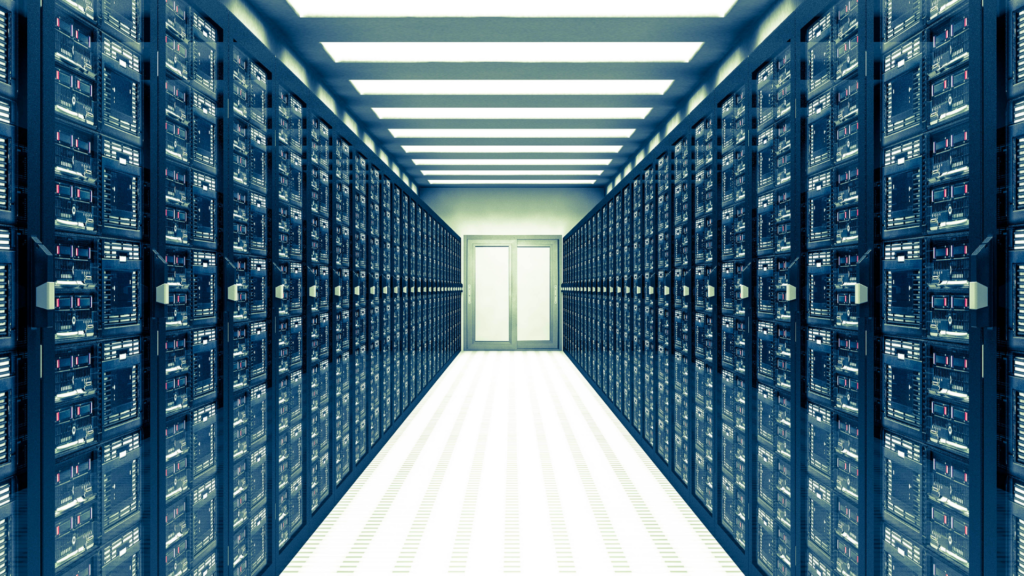
A 2024 simulated red team exercise at a financial institution found that compromising the smart cooling units caused critical servers to overheat and crash within 28 minutes. This resulted in over $4.5 million in simulated downtime costs.
• Manufacturing Plant in Taiwan (2023)

https://www.canva.com/design/DAGw4r74c60/9QoKF8761b3TsupdT7Sf0g/edit
A Taiwanese electronics manufacturer suffered delays after attackers infected its smart HVAC network with malware that increased temperatures in precision assembly rooms, rendering batches of microchips defective.
• Casino Hack via Aquarium Thermostat

Yes, this happened. In 2018, hackers used an internet-connected fish tank thermostat to breach a high-end casino and exfiltrate 10 GB of sensitive data. The thermostat was tied into the same network as the company’s internal systems.
The Risks: What’s at Stake?
1. Physical Infrastructure Sabotage
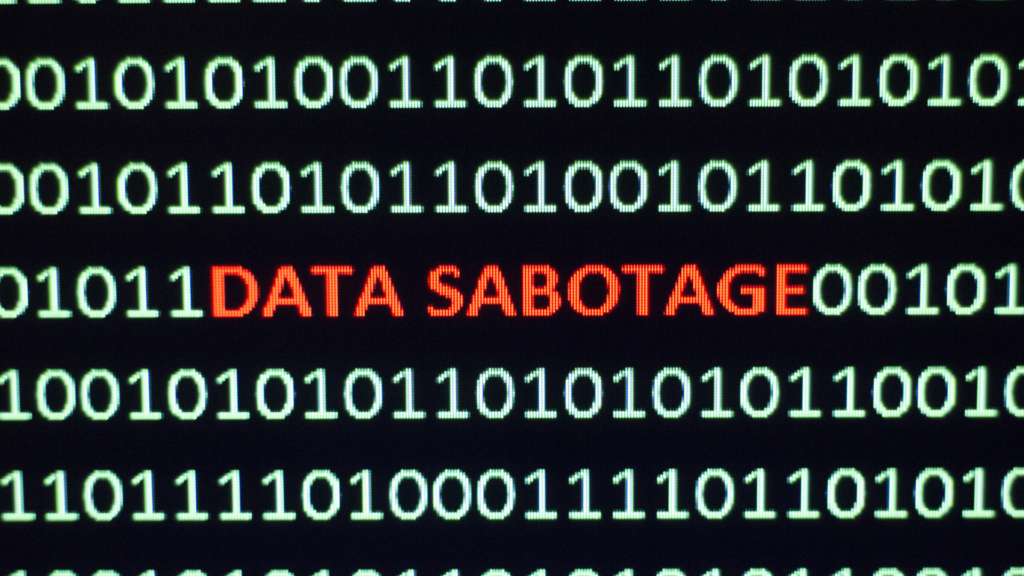
Hackers can overheat or shut down smart cooling units, damaging sensitive equipment like:
- Data servers
- Manufacturing lines
- Lab-grade instruments
- Telecom infrastructure
2. Entry Point for Ransomware
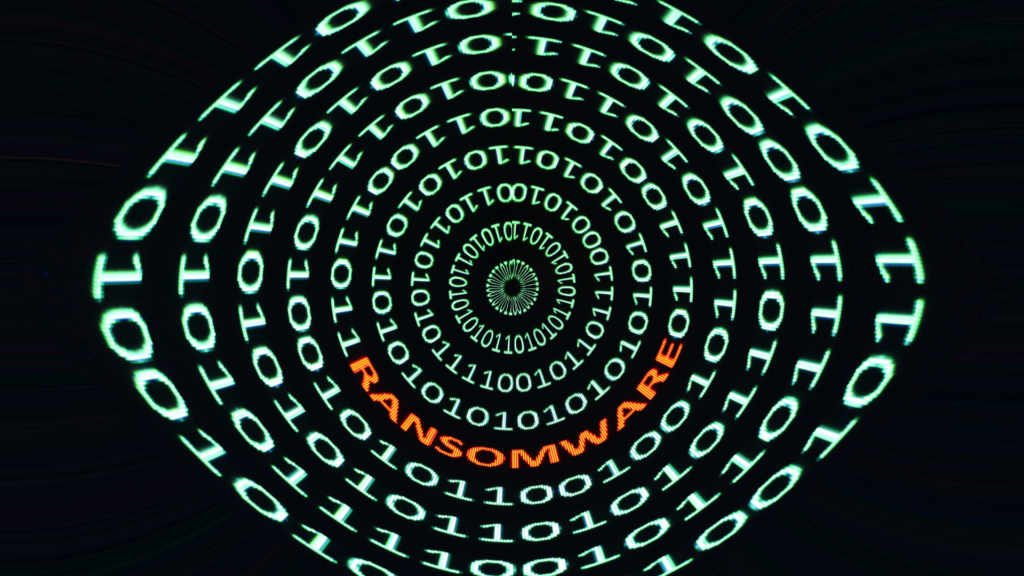
Once inside the network, attackers can deploy ransomware across other systems, from employee workstations to ERP software.
3. Compliance and Legal Liability

Breaches caused by HVAC vulnerabilities can trigger violations under data privacy laws like GDPR, CCPA, or India’s DPDP Act, especially if customer or employee data is affected.
4. Loss of Business Continuity

https://www.canva.com/design/DAGw4r74c60/9QoKF8761b3TsupdT7Sf0g/edit
In industries like finance, logistics, or healthcare, even a 30-minute disruption can result in significant revenue loss and reputational damage.
Industries Most at Risk
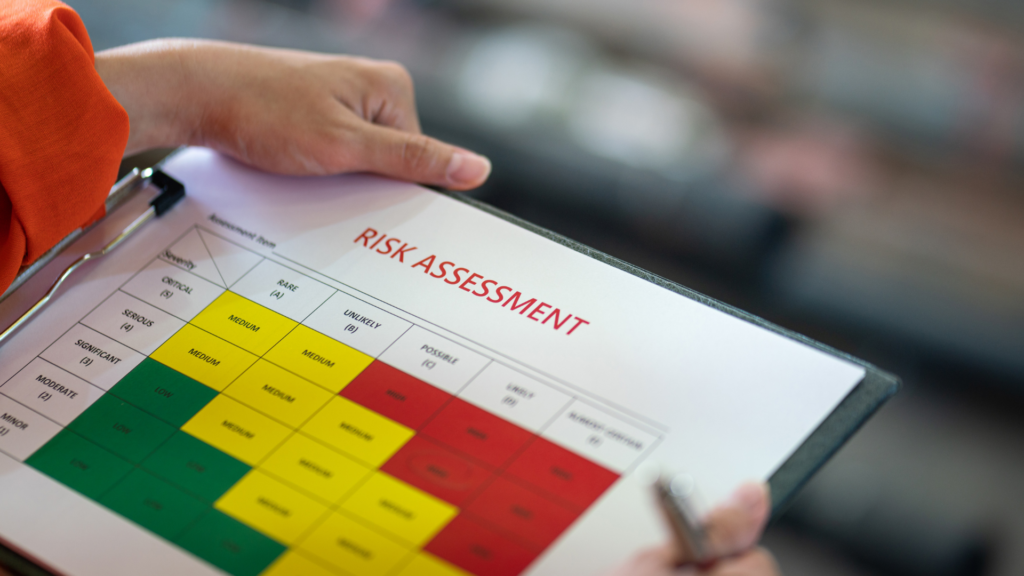
- Data Centres: A/C failure = meltdown.
- Hospitals: Operating rooms require strict temperature control.
- Pharmaceuticals: Cooling failure can invalidate medical stock.
- Smart Buildings & Airports: Any automation system is fair game.
- Defence and Aerospace: Classified labs often rely on tightly controlled climate zones.
How to Secure Smart Cooling Systems
1. Change Default Credentials Immediately
Every IoT device, including thermostats and cooling controllers, should be provisioned with unique, strong passwords before being deployed.
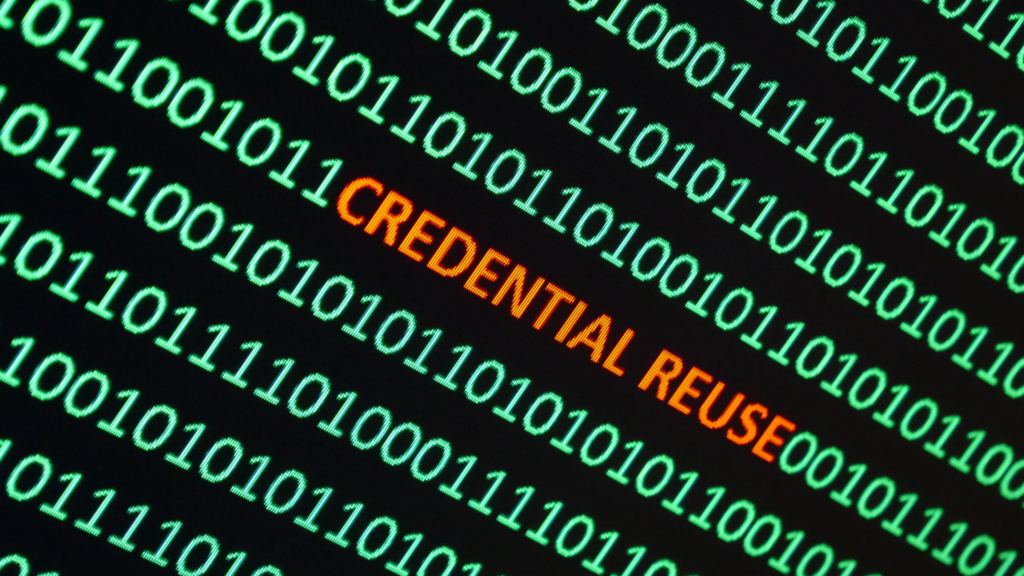
2. Isolate HVAC Networks
Use network segmentation and firewalls to keep HVAC systems isolated from business-critical networks. They should never be directly accessible from the public internet.
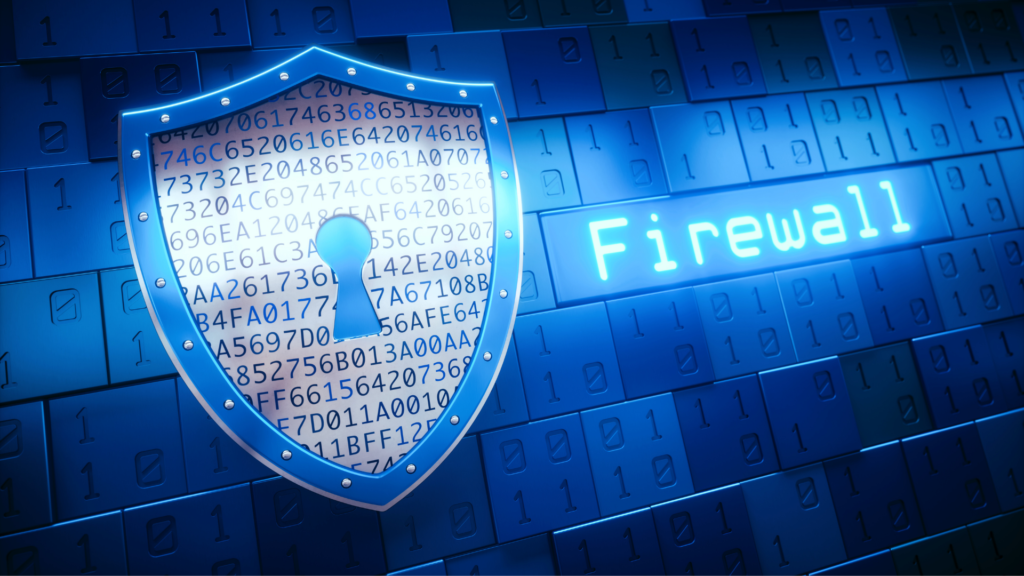
3. Enable Logging and Monitoring
Deploy real-time monitoring tools that can alert administrators to unusual login attempts, temperature changes, or remote access requests.
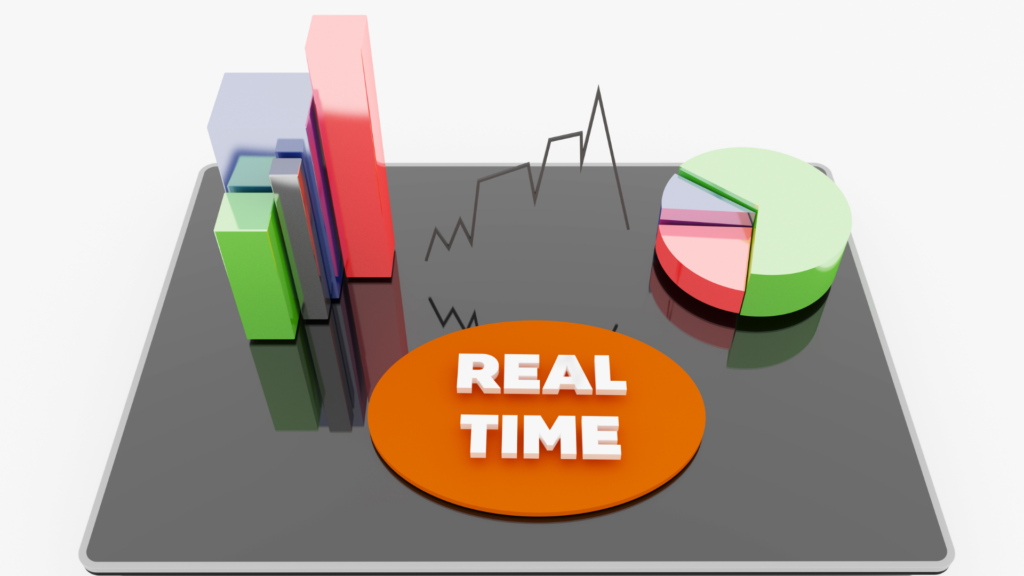
4. Restrict Remote Access
If remote access is required:
- Use MFA (multi-factor authentication)
- Whitelist specific IP addresses
- Avoid open RDP ports
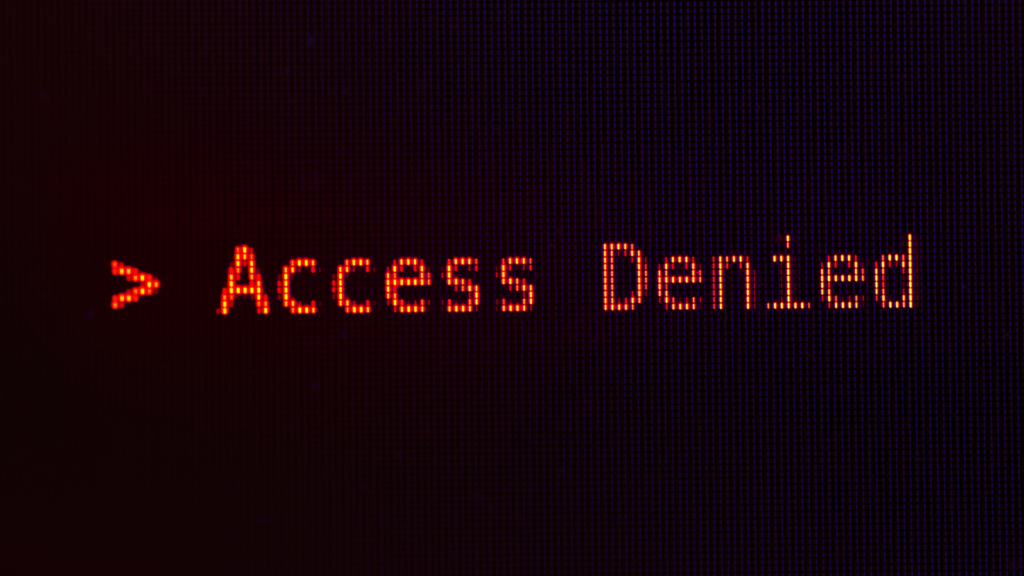
5. Patch Regularly
Ensure that all firmware and software associated with HVAC and smart cooling systems are kept up to date. Subscribe to vendor alerts and advisories.

6. Conduct Periodic Pen-Testing
Include HVAC systems in penetration testing and red team drills to identify unexpected vulnerabilities.
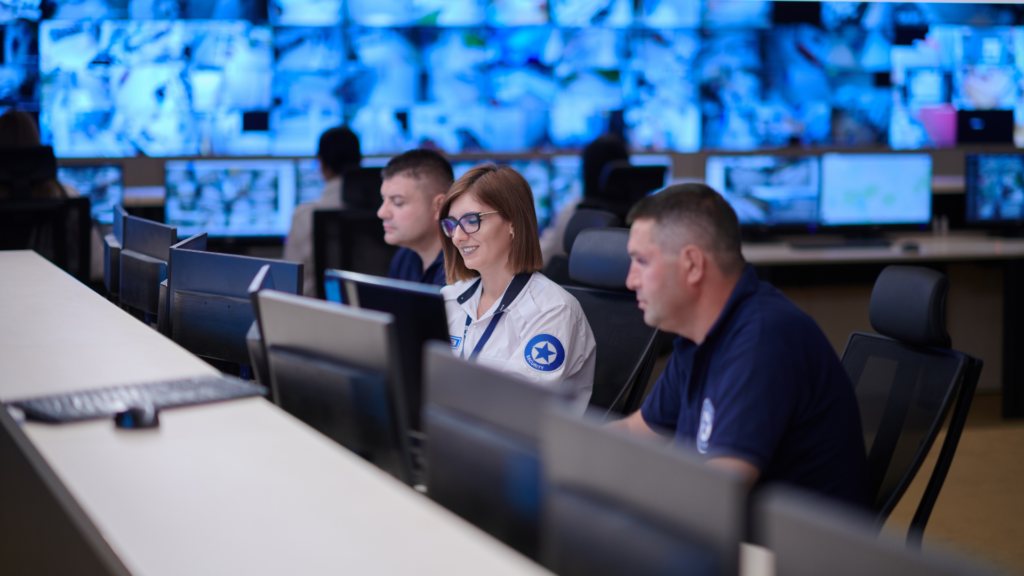
Looking Ahead: Cooling as a Cyber-Physical Attack Surface
The convergence of cyber and physical systems, known as cyber-physical systems (CPS), means comfort technology is now part of your threat surface.
Expect the following trends to rise:
- AI-based intrusion detection in HVAC networks
- Cyber insurance clauses covering IoT climate systems
- Mandatory audits of smart building systems for large enterprises

It's Not Just a Thermostat Anymore
What was once a humble cooling unit is now a potential cyber weapon. In the era of smart infrastructure, ignoring the security of your environmental controls could open the door to devastating attacks.
If you’re building or managing critical environments, securing HVAC systems is no longer an operational concern; it’s a cybersecurity imperative.
After all, the next breach may start not with a firewall but with a fan coil unit.
